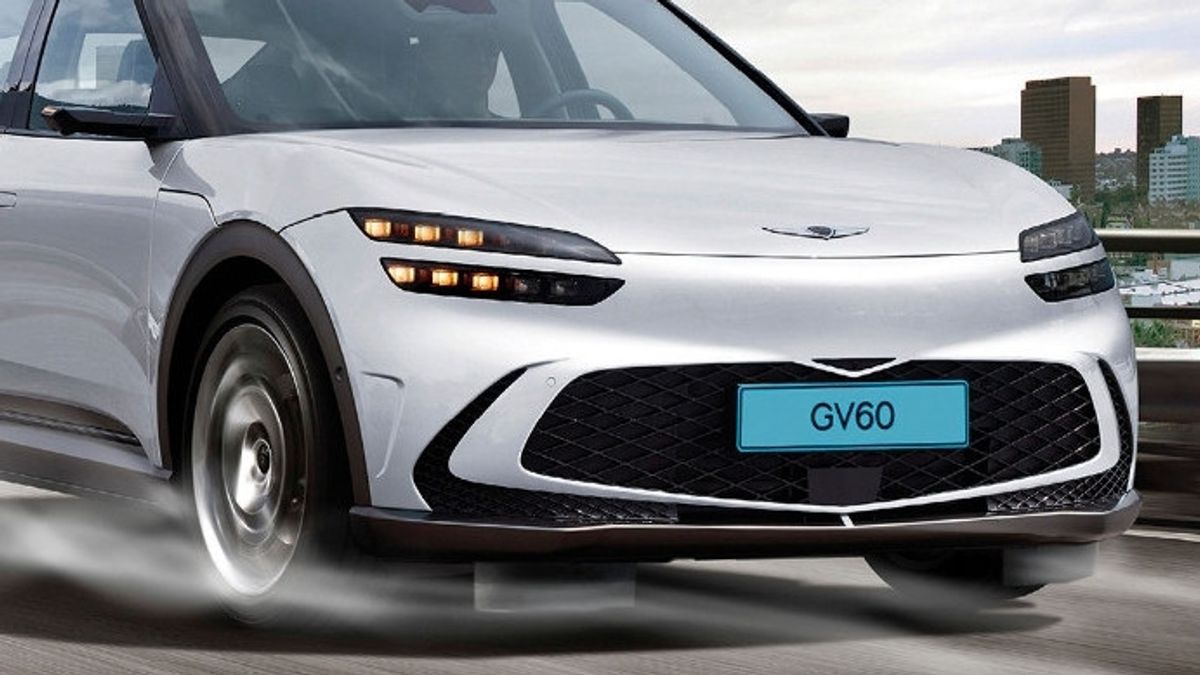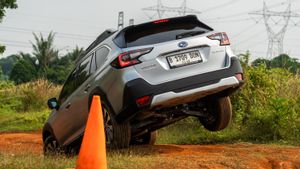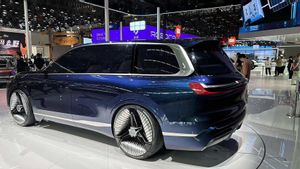JAKARTA - New technology continues to emerge in the automotive world, including those developed by Hyundai Motor Company and Kia Corporation, namely 'Active Air Rok' (AAS) technology, which is interesting news.
This technology aims to minimize aerodynamic barriers that occur when vehicles travel at high speed, effectively increasing the reach and stability of electric vehicles (EVs).
Please note, AAS is a technology that controls the flow of incoming air through the bottom of the bumper, effectively regulates turbulence around the wheel of the vehicle according to the speed of driving.
"This technology is expected to have a significant impact, especially on models such as SUVs that have challenges in improving their aerodynamic performance," said Sun Hyung Cho, Vice President and Head of the Mobility Body Development Group at Hyundai Motor Group, quoted from Hyundai's official website, Wednesday, January 24.
It is important to note that in the era of intense competition to achieve maximum distance with a single charge in electric cars, the relationship between vehicles and aerodynamics becomes more crucial. The aerodynamic performance not only affects the efficiency of energy, but also the stability of driving and the level of wind noise.
The AAS technology was installed between the front bumper and the front wheel of the vehicle, but was hidden during normal operation. However, it is active when the vehicle is traveling above 80 km/hour, where aerodynamic barriers peak, and is automatically stored back at a speed of 70 km/hour to prevent over-operation at a certain speed range.
The option to involve only the front of the tires in this technology is related to the characteristics of the Hyundai Motor Group E-GMP platform for electric vehicles. This approach is more effective in improving aerodynamic performance as the electric vehicle platform has a flat floor. In addition, the closure only on the front of the tires also contributes to increasing vehicle downforce, increasing traction and stability at high speed.
SEE ALSO:
Interestingly, AAS is able to operate at a speed of more than 200 km/h thanks to the use of rubber material at the bottom. This reduces the risk of splashes and damage from outsiders when driving at high speeds and ensures endurance.
Hyundai Motor and Kia have announced successful testing and reducing drag (Cd) coefficients by 0.008, increasing drag by 2.8 percent by installing AAS on Genesis GV60. This increase is expected to increase the range by about 6 km.
The two companies have also filed related patents in South Korea and the United States, as well as plan to consider mass production after vehicle resilience and performance tests.
"We will continue to strive to improve driving performance and stability of electric vehicles through increased aerodynamics," he added.
In addition to AAS, Hyundai Motor and Kia are also implementing various other technologies, such as rear spoilers, active air coveres, wheeled air curtains, wheel gap developers, and split traps, to ensure competitive drag coefficients on their vehicles.
The English, Chinese, Japanese, Arabic, and French versions are automatically generated by the AI. So there may still be inaccuracies in translating, please always see Indonesian as our main language. (system supported by DigitalSiber.id)















